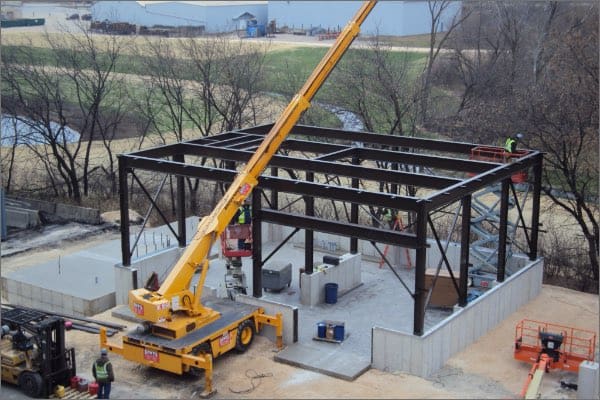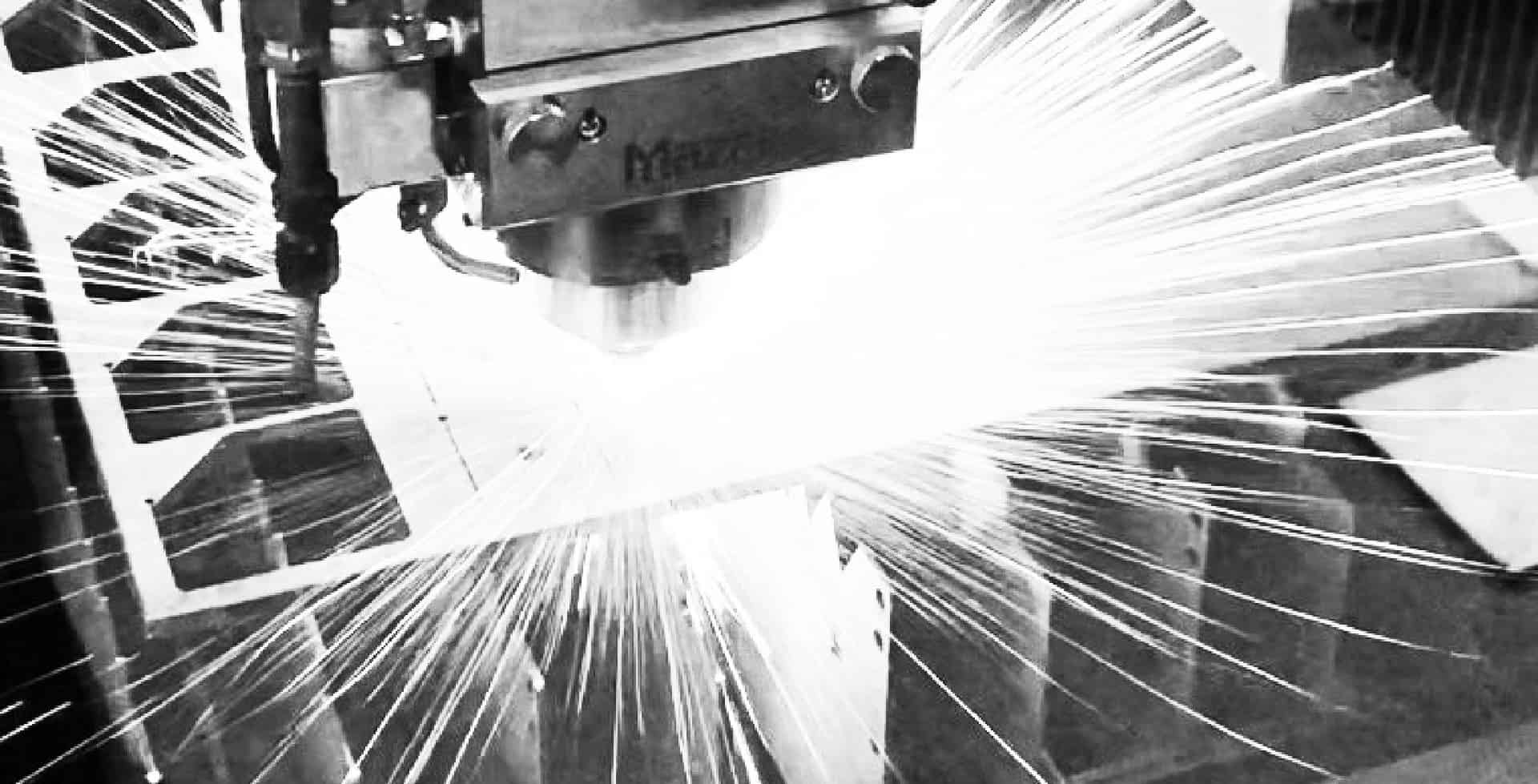Timely maintenance ideas for optimal baghouse operation and maintenance A high-quality baghouse is crucial to your operation, for both the safety of your employees and your business. Failures can expose your business to risks of shutdowns, regulatory penalties and more. When IVI teams are on-site commissioning a new industrial baghouse, we train your team to…
Your ultimate guide to an MSHA-compliant mining process facility MSHA published regulatory change for mining facilities’ air quality related to respirable crystalline silica in April 2024, with changes taking effect June 17, 2024. Here, we’ll answer your most pressing questions to help you meet the MSHA respirable crystalline silica standard in your facility. Navigate the…
When you’re on the hunt for an industrial ventilation fabrication company, you want a partner who knows how to do it right the first time. With so many options, how do you discern who will provide both what you want and what you need? Project managers often make this mistake when searching for an industrial…
Transcript IVI – 100,000 CFM Dust Collector Assembly The ProjectFoundry Application to Mitigate Dust Exposure6 Months Before: Design and Engineering4 Months Before: Fabrication1 Week Before: 3-Person Crew Site Prep The Crew60 Years Crew ExperienceSix-Person Installation Team The InstallationBaghouse Assembly Built Up from HopperCustom Structural Steel and StaircasePre-Assembled Catwalk and Walk-In Plenum Access Final Product65-Foot Tall…
How to Scope an Industrial Ventilation Project Thank you for considering IVI, Inc. for your ventilation project. Whether you need a full ventilation system engineered from the ground up or have a maintenance need, your goal can be accomplished with the right solution at a competitive cost. This guide covers the details required to: IVI’s experienced team is here to help you along…

What causes fabrication failure? Where can sheet metal ductwork fabrication go wrong? It starts with improper material selection. If an abrasive particulate such as silica isn’t matched with an abrasive-resistant duct material, the duct will not withstand wear and tear over time. Incorrect thickness can also lead to premature wear when the duct is too…
What to Expect from an Industrial Indoor Air Quality Survey [VIDEO] Transcript After IVI gets on site, we take a lot of different air readings and evaluate the the dust collection unit itself for wear and tear, the fan. So when we get back to the office we put together a pretty nice report basically laying out…

When IVI’s industrial ventilation installation team arrives on a job site, the first question customers usually ask is, “Where is the rest of the crew?” It’s one of our points of pride—our crew, smaller than most, can turn even large projects more quickly because everyone on the team knows their role. That means they work…
IVI’s knowledge of dust collector systems goes beyond just design, fabrication and installation. We are also your partner for maintenance to maximize the performance of your dust collector. To learn more, press play below to view “Dust Collector Maintenance.” Transcript Common Dust Collector Maintenance Issues When we approach a plant, a lot of the most…
Not only is IVI knowledgeable in mining ventilation systems, but also in material handling fabrication. To learn more, press play below to view “Mining Ventilation Systems.” If you are interested in how IVI can help your business, contact us. Transcript Mining Ventilation Systems and Material Handling Equipment In the mining industry, IVI provides industrial ventilation…
In the past several years, we have seen an increase in customer requests for industrial ventilation analyses. While the need to become silica standard-compliant has driven many of those requests, more customers also are realizing the benefit an engineering study can have on their operation and bottom line. Why Conduct an Industrial Ventilation Analysis In…
When it comes to industrial ventilation system design, the hood is the most crucial piece to ensuring the system functions effectively. Why? Because that is the critical point where particulates are captured and removed, leaving behind a cleaner, safer working environment. To ensure hoods fit a facility and its manufacturing process, dust collection hood design…
When it comes to custom metal fabrication, customers demand quality parts, competitive pricing and reliable, quick turnaround times. Laser cutting has become the industry standard for producing high-quality parts quickly and accurately. IVI’s investment in a fiber optic laser has expanded our sheet metal fabrication services. With the addition of our 4.0 kW Mazak Optiplex…
Changing dust collector bags is one of the least desirable jobs of industry maintenance. Crawling into the collector is not only dirty business, it also requires you to take caution against exposure to the dust—sometimes harmful dust—that’s been collected in the baghouse. But, to keep your facility clean, healthy and comply with air quality regulations,…
A significant amount of pre-planning must take place from design and fabrication to installation for exhaust stack manufacturers as part of your industrial dust collection system. Exhaust stack manufacturing is often part of an overall plant model, which determines the volume and exit velocity of air that can be discharged and the minimum elevation for…
Achieving optimum airflow through an industrial dust collection system is done by balancing the system. Balancing involves adjusting the dampers to provide proper airflow to individual pickup points. It’s important to understand how your industrial dust collection system is performing and how to accommodate the ever-changing effects on the system through balancing. Why balancing your…
When a new dust collector installation occurs, the installation may alter hood and duct flow rates. Therefore, it is imperative to consider the installation’s effects, in order to reduce worker safety risk and ensure continued compliance with environmental regulations. We explain what to consider before undertaking a new dust collector installation, such as: Whether adding…
Baghouse filters are cleaned when compressed air is blown into the filter to release dust buildup. A pulse controller times the burst of compressed air that is used to clean baghouse filters, a practice that improves baghouse efficiency and increases bag life. Types of pulse controllers Pulse controllers come in two types—a simple timer and…
Industrial dust collectors generally have multiple collection points—also called pickup points. Determining where to place these collection points in your facility should be based on several factors, from the type of material being collected to workers’ health and wellness. By choosing optimal locations for localized dust collection, you are likely to maximize system air flow,…
Industrial dust collection systems should be designed for optimal industrial airflow. Each type of industrial collection system—dust collection and fume collection—has unique requirements for optimized airflow. Benefits of proper industrial airflow by dust collection type Design methods for industrial airflow Duct Network Design Either the blast gate or balance method can be used to design…


